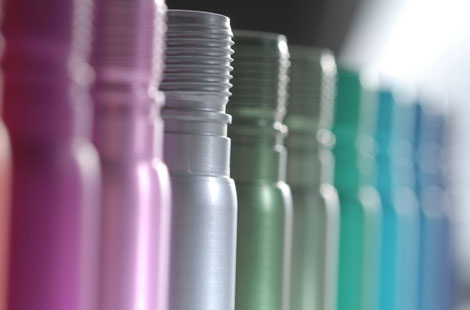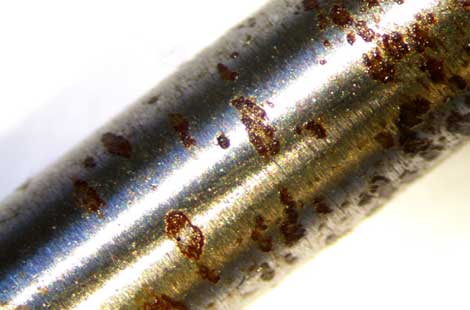What you may know about porous sintered titanium materials

General Introduction
Sintered titanium sheet or any other shapes like bars, rods, and tubes, also known as porous sintered material, is made of spherical or irregularly shaped metal or alloy powder by forming and sintering. The internal pores of the material are crisscrossed and interconnected, generally with 15% – 60% volume porosity, and a pore size of 1 – 100 microns.
This type of material has good permeability, thermal and electrical conductivity, high and low-temperature resistance, thermal shock resistance, and media corrosion resistance. Are mostly used in the manufacture of filters, porous electrodes, fire-extinguishing devices, anti-freeze devices, etc.
The characteristics of porous sintered titanium sheets
- Controllable pore size and porosity
- Excellent permeability and the ability to be regenerated after use, resulting in long service life
- Thermal and electrical conductivity
- Resistance to high temperature, low temperature, and thermal shock
- Resistant to media corrosion
- Large specific surface area
- Welding and processing are possible, etc.
Therefore its comprehensive performance is better than traditional paper, cotton, and chemical fiber fabrics, ceramics, glass, wire mesh, and other filter materials.
In modern technology, porous materials are playing an increasingly important role.
Main application
- Gas and liquid filtration
- Recycling of solid catalysts
- Purification and filtration of high-temperature gas
- Gas sampling
- Flame retardant and explosion-proof
- Sound and noise reduction
- Fluidization
- Aeration
- Gas damping
- Limited flow stabilization (throttling)
Filtration principle
Sintered titanium plate is a porous titanium metal filter material made by powder metallurgy, its internal pores are bent and configured, crisscrossed, with uniform pore size distribution, and the filtering mechanism is typical of deep filtration.
Cleaning method
Sintered titanium plates according to the pollution situation and the chemical nature of pollutants and combined with the physical and chemical properties of titanium metal, can be used to regenerate the cleaning of physical and chemical methods respectively.
Physical methods: Clean liquid backflush, Clean gas back blow, and ultrasonic method of cleaning. Chemical methods: Dilute acid, Dilute alkali, Oxidizing agents, Surfactants, Enzymes, and other cleaning agents.
The above methods can also be used interchangeably.
According to several common applications, cleaning methods are as follows:
- The pharmaceutical and chemical industry decarbonization filtration, often use back-blowing, and backwashing methods combined with ultrasonic cleaning for the best effect.
- Water production industry, because the surface of the filter element is mainly retained by non-water-soluble salts and oxides, the general use of 5% nitric acid immersion, without ultrasonic cleaning, can achieve the cleaning effect.
- The original liquid filtration, to be combined with the chemical nature of pollutants, respectively, the following cleaning methods.
- Alkali washing: with 3-5% of the analysis of the pure solution of hydroxide nasoak 30-60 minutes, a temperature of about 40 degrees, the best in the ultrasonic cleaning machine. After washing, flush with filtered deionized water or water for injection inside and outside to neutralize and measure the conductivity. Dry with pure air at ≥ 0.4 MPa pressure.
- Acid cleaning: soak with 5% nitric acid solution for more than 8 hours at a temperature of about 40 degrees. Best in the ultrasonic cleaning machine. After soaking with filtered deionized water or injection water is rinsed inside and outside to neutral, side conductivity. Dry with pure air at ≥ 0.4 MPa pressure.
- Organic pollution can be combined with surfactant cleaning, and a cellular debris pollution system combined with an enzyme cleaning effect is more desirable (food and beverage can be cleaned with a high concentration of citric acid).
The above methods can be used alone, and can also be used in conjunction with each other alternately. If there are conditions, combined with ultrasonic cleaning machine effect is best.
Note: Too often online back-blowing wash (online cleaning with pure compressed air or filtering the original liquid or clean water backwash), can reduce the number of times with the above methods of cleaning.



